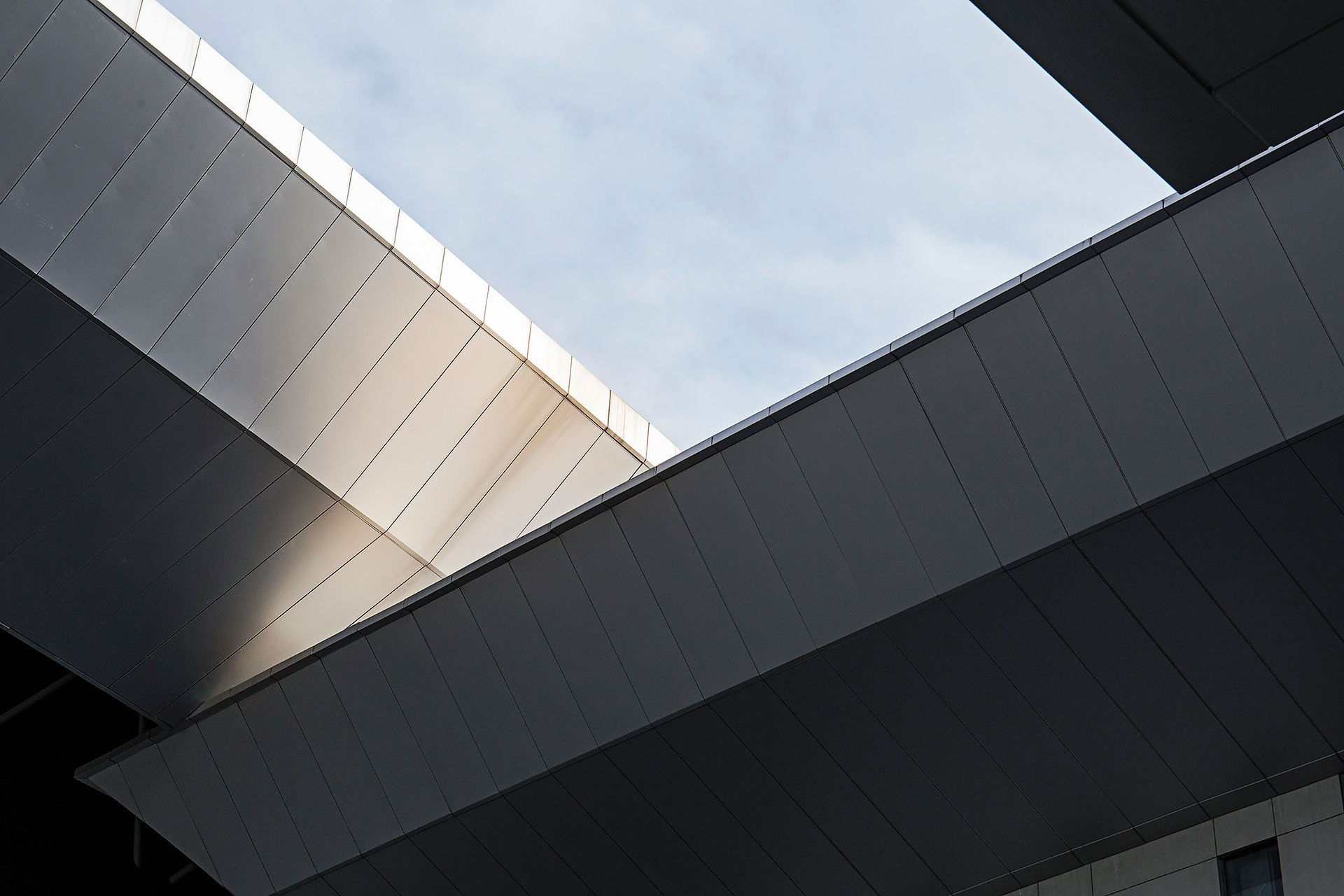Insulation in Renovation
- mayura66
- Jul 16, 2021
- 3 min read
Updated: Jul 17, 2021
Extensions and property renovations lend opportunity to improve the thermal efficiency of a building. Many properties built in 1930s or even later lack any cavity or insulation in the walls. Any building work means the property could be potentially insulated internally or to save floor space -insulated externally.
Most common types of Insulation-
Blanket Insulation – Mineral wool is most commonly used of the sub-types; comes in the form of rolls. Loft insulation on top of floor joists is generally mineral wool rolls. Also, known as quilt insulation this can be stuffed between rafters or studs. Other types are sheep’s & glass wool.

Foam boards- Most Commonly used in extensions -Polyisocyanurate ( PIR) rigid boards, fall under this category. Used in cavity walls, on floor and stuffed in roofs between/ under or on top of joists.

Other types are Heat reflective multifoils, Blown- in insulation, spray- foam, SIPs, Aerogel.
Insulation is typically required at 4 building envelope elements-
1) Walls -External cavity walls will have insulation in the cavity. Timber stud walls will have insulation filled in between the studs. Additional internal insulation layer behind plasterboard might be required in the later case.
2) Floors- Floors would have insulation placed above hard concrete slab or infilled between joists in cases of a suspended timber floor.
3) Flat roof- Flat roofs would have a type where it is placed above the structural deck or a second type where it is filled between joists. Additional internal insulation layer behind plasterboard might be required in the later case.
4) Main pitched roof level- Insulation would go between rafters or on top of the loft floor joists.
Compliance with Building regulations-
Building regulations sets out heat loss targets for each part of the building envelope. Each element i.e. walls, floor, roof, windows doors, are from where heat loss happens. The unit for the measurement is u- value (W/m²K.). This value is the maximum rate of heat loss that’s allowed to leak out of building envelop per square meter. The lower the figure the better, for example, 0.28 W/m²K is better than 0.30 W/m²K.
In case of New homes- Require a much higher thermal efficiency to meet building regulations. They form part of an assessment system required by building regulations called SAP i.e. Standard Assessment Procedure. This involves scoring including many other aspects like type of lighting, water flow rate, ventilation system, construction details, all for a new build home. Essentially the insulation calculation should beat the minimum requirement to get higher score in this assessment.
In case of Existing fabric- Requirements to existing building are relatively easy to meet building regulations but could be tricky to work around, retrofitting an existing fabric of the building. Exceeding minimum required levels could help with-
-Future saving on energy bills
-Beneficial to achieve more efficiency when fabric has more glazed openings. For example, it is not desirable to have glazing more than 25% of extension floor area by building control. However, if the building envelope attains greater efficiency than minimum, this can then be looked at in favour of having greater glazing area.
U values and building envelope elements-
Each building envelope element is a sandwich of different layers which work together to keep the heat inside. It is the thermal conductivity (K value) OR thermal resistance (R value) of each layer put together that can help calculate the efficiency of the building fabric / envelope. It is easier to use U- Value calculators to work out what efficiency is being achieved by entering details for each layer of the sandwich.
Avoiding condensation is important part of building envelope and thermal efficiency design. Two important ways to tackle this are-1) barrier membranes in the layers of to avoid transfer to inner layers of any moisture getting through and 2) to allow ventilation for moisture getting through to be dispersed away.
Insulation is an essential element of a building fabric, that needs to be carefully designed to bring out the right level of comfort for the homeowner/ building owner.





Comments